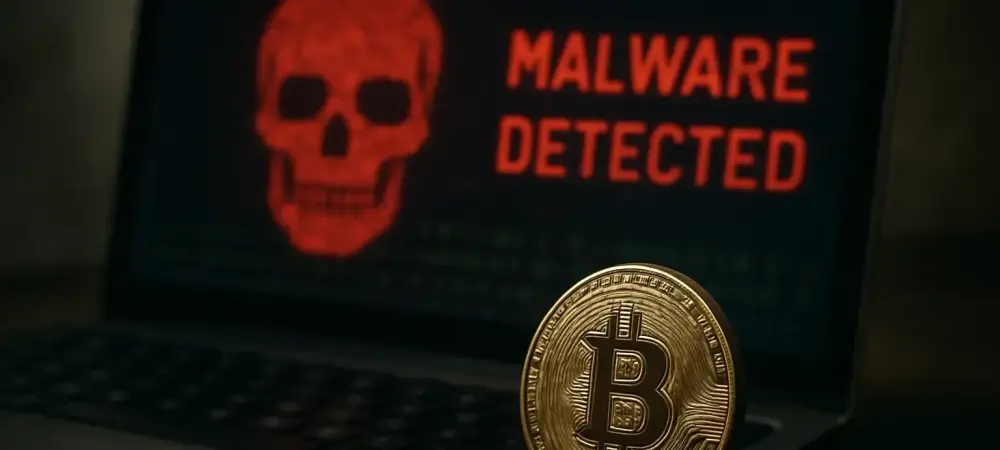What if your digital fortune was jeopardized by an invisible threat? A groundbreaking malware variant, KimJongRAT, is now exploiting vulnerabilities in cryptocurrency wallets, bringing the world of digital assets face-to-face with an advanced cyber menace.
A New Age in Digital Security Concerns
Cryptocurrency wallets, once considered bastions of secure digital transactions, are now under attack by a sophisticated iteration of KimJongRAT malware. Originating in 2013, this malware family has evolved significantly, adapting its tactics to target cryptocurrency—a sector that continues to surge in popularity and value. The promise of privacy and autonomy provided by digital currency is proving as much a target as a treasure, as hackers relentlessly seek ways to infiltrate the digital wallets of unsuspecting users.
The Mechanics of KimJongRAT’s Exploitation
At the heart of KimJongRAT’s attack strategy lies the cunning use of LNK files, deceptively named to prompt users to engage with what appears to be benign material. These weaponized Windows shortcut files lead the way in a multi-stage infection process, wherein PowerShell payloads are unleashed to penetrate systems and access valuable data. The malware specifically aims at browser extensions linked to cryptocurrency wallets, exacerbating security concerns for holders of digital assets. In recent case studies, researchers highlight targeted attacks focused on Korean-speaking regions, employing social engineering to amplify the threat.
Insights into Strategic Malware Development
The development of KimJongRAT reflects more than mere technical innovation; it reveals an intricate understanding of strategic malware deployment. According to experts at Palo Alto Networks, the evolution of this malware variant showcases the adaptability and foresight of its developers. Analysts working to counteract these threats report encountering evasive maneuvers, such as leveraging legitimate frameworks like cmd.exe and curl.exe for malicious ends. Such strategies convey a commendable—albeit nefarious—degree of ingenuity in malware design and execution.
Empowering Users: Guarding Against Emerging Threats
For individuals and organizations aiming to defend against KimJongRAT, an understanding of its mechanisms is paramount. Enhancing security protocols begins with recognizing the potential risk posed by seemingly innocuous files. Users are advised to maintain updated security software, regularly audit their systems for anomalies, and stay informed about threats through reputable cybersecurity resources. For IT departments, instituting stringent email filtering and promoting cybersecurity awareness can dramatically reduce susceptibility to such malware attacks.
Reflecting on the Threat and Path Forward
The tale of KimJongRAT serves as a stark reminder of the dynamic and ever-evolving nature of cybersecurity threats. Past encounters with similar threats have demonstrated the need for continual adaptation in defense strategies. As new solutions arise, vigilance against digital threats must remain relentless. Lessons learned from this malware variant highlight the need for ongoing education among users and professionals alike, ensuring the expansive potential of cryptocurrency is safeguarded against the pervasive tide of digital exploitation.

